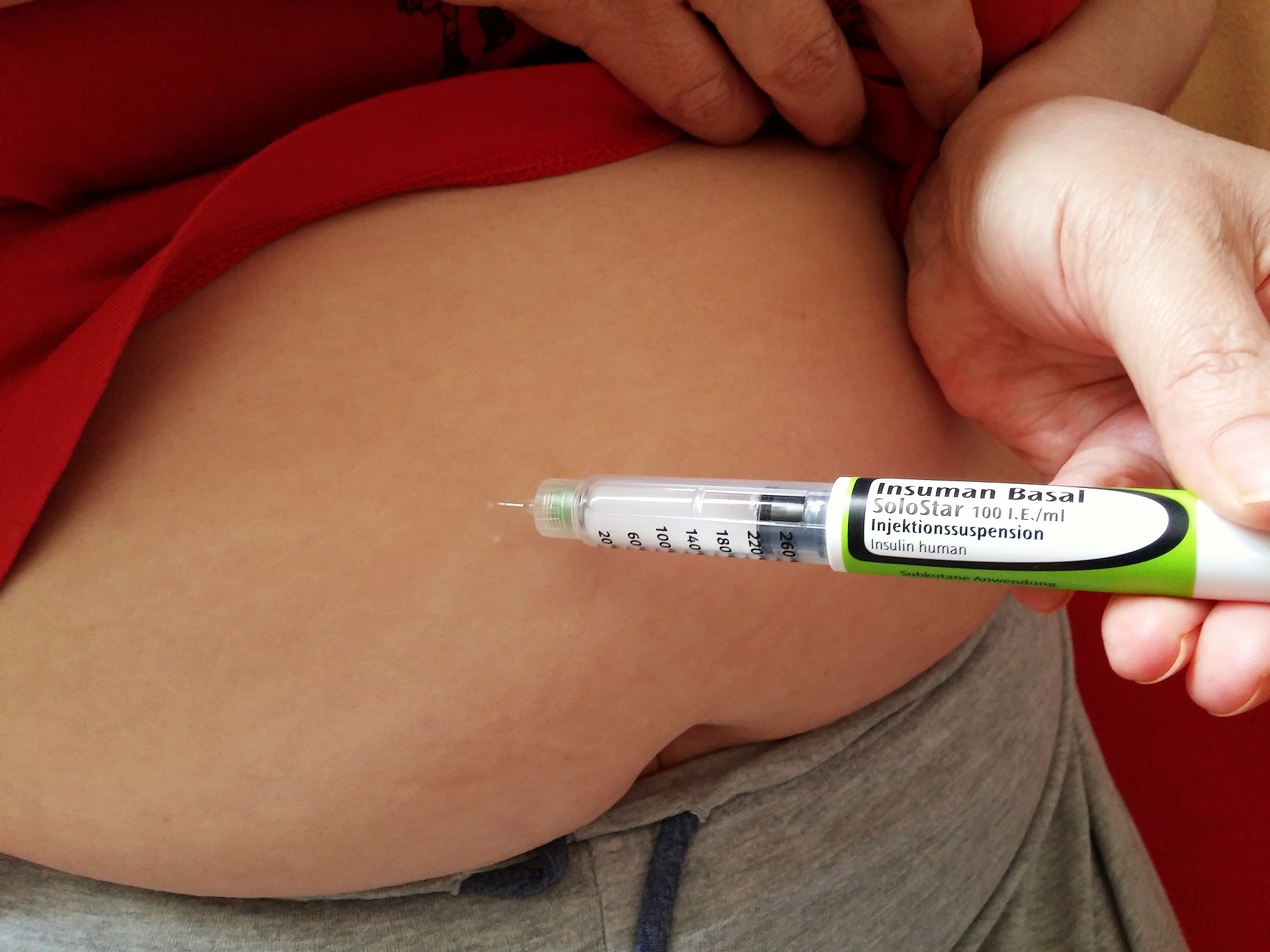Diabetes is an ancient disease. By the 5th century, Ayurvedic physicians in India had determined there were at least two types of diabetes: one with rapid onset in the young, and one which developed gradually in adults. ‘Adult-onset’ diabetes was noted by Ancient Chinese physicians in the Suwen, the earliest surviving work of Chinese medicine, to typically occur in affluent and overweight patients.
The authors even remarked that medical treatment for the condition was unlikely to succeed unless patients ‘refrained from a rich diet’—advice they say their patients often resisted.
In modern medicine, the historically defined ‘juvenile’ and ‘adult’ forms of diabetes generally translate to Type 1 and Type 2 diabetes (T2D), respectively.
However, the classification of T2D continues to change. T2D is no longer a disease of affluence and increasingly unrestricted to adults. The combination of easily accessible calorific food, and an often-sedentary lifestyle has lent itself to a population plagued by an obesity crisis.
This crisis has percolated through the generations and, as the major risk factor for T2D, has made ‘adult’ age an increasingly inaccurate diagnostic indicator of T2D.
Cases of T2D among children in the UK were reported for the first time in the early 2000s, but now nearly 1600 children in England are living with the condition, according to the most recent ‘Young People Diagnosed with Type 2 Diabetes Report’ published in August 2021.
Diabetes is a serious condition centred around insulin, a hormone made in beta cells of the pancreas responsible for lowering blood sugar, or glucose.
Insulin ensures blood sugar stays within a narrow range and that any fluctuations are quickly and proportionately adjusted for. If blood glucose becomes too low for more than a few minutes, consciousness is lost as the brain is starved of fuel. If it is too high long-term, as is the case in unmanaged diabetics, serious complications can arise, including blindness, amputation, heart attack, or stroke.
In T2D, the body’s cells become insensitive to insulin. This leads to chronically elevated blood glucose followed by an excessive production of insulin by beta cells, in a largely futile attempt to compensate for the failure of glucose to be taken up by tissues.
Over time, chronically high blood sugar causes beta cells to begin failing. This produces progressively less insulin and becoming unable to ‘sense’ when and how much insulin needs to be released. Indeed, by the time of a T2D diagnosis, often around 50% of the patient’s beta cell function has been lost.
While it has been known for some time that high blood sugar, or hyperglycaemia, leads to a progressive decline in beta cell function, the mechanism for how high blood sugar leads to beta cell failure, has eluded scientists until now.
A new study led by Dr Elizabeth Haythorne and Professor Frances Ashcroft at the University of Oxford has shed light on specific details of this mechanism.
Using animal models and cell cultures, they showed that it is a product of glucose metabolism, or processing, rather than exposure to the high glucose environment itself, that causes the progressive failure of beta cells to secrete insulin in T2D.
The increased rate of glucose metabolism in the beta cell to accommodate for the high blood levels leads to pooling of metabolites (products made during the stages of glucose processing). In high concentrations, these metabolites act to ‘switch off’ the insulin gene, meaning less insulin is made.
Genes are also switched-off which are important to glucose sensing. This impairs the ability of beta cells to identify and quickly secrete the appropriate amount of insulin to counter a deviation in blood glucose.
Critically, the Oxford team discovered that blocking the enzyme glucokinase, which regulates the first step of glucose metabolism, prevents the ‘switching off’ of this collection of genes.
As a result, normal beta cell activity—and hence proportionate insulin responses—could be maintained even in the presence of chronic hyperglycaemia.
The group’s data suggests a drug inhibiting glucokinase may be a useful way to prevent beta-cell decline in T2D, slowing and even preventing the progression of the disease. An exciting suggestion, especially when current antidiabetic treatments such as metformin focus on controlling blood sugar and weight loss as opposed to the basis of T2D pathology.
Despite this success, production of a suitable glucokinase inhibitor may still be challenging.
Its separate roles in other organs such as the liver, for example, will mean a glucokinase inhibitor to treat T2D will need to be pancreas specific. Moreover, it must only partially block glucokinase, to allow the rate of glucose metabolism in beta cells to be lowered only to a normal level. Any further could be life-threatening.
Despite these challenges, Haythorne and Ashcroft’s research offers a promising step forward in our understanding of Type 2 Diabetes, shedding light on important molecular detail of disease progression.
Most excitingly, their findings pave the way for new therapeutic avenues to be explored treating the basis of T2D. These may be more effective than current treatments in the long-term.





